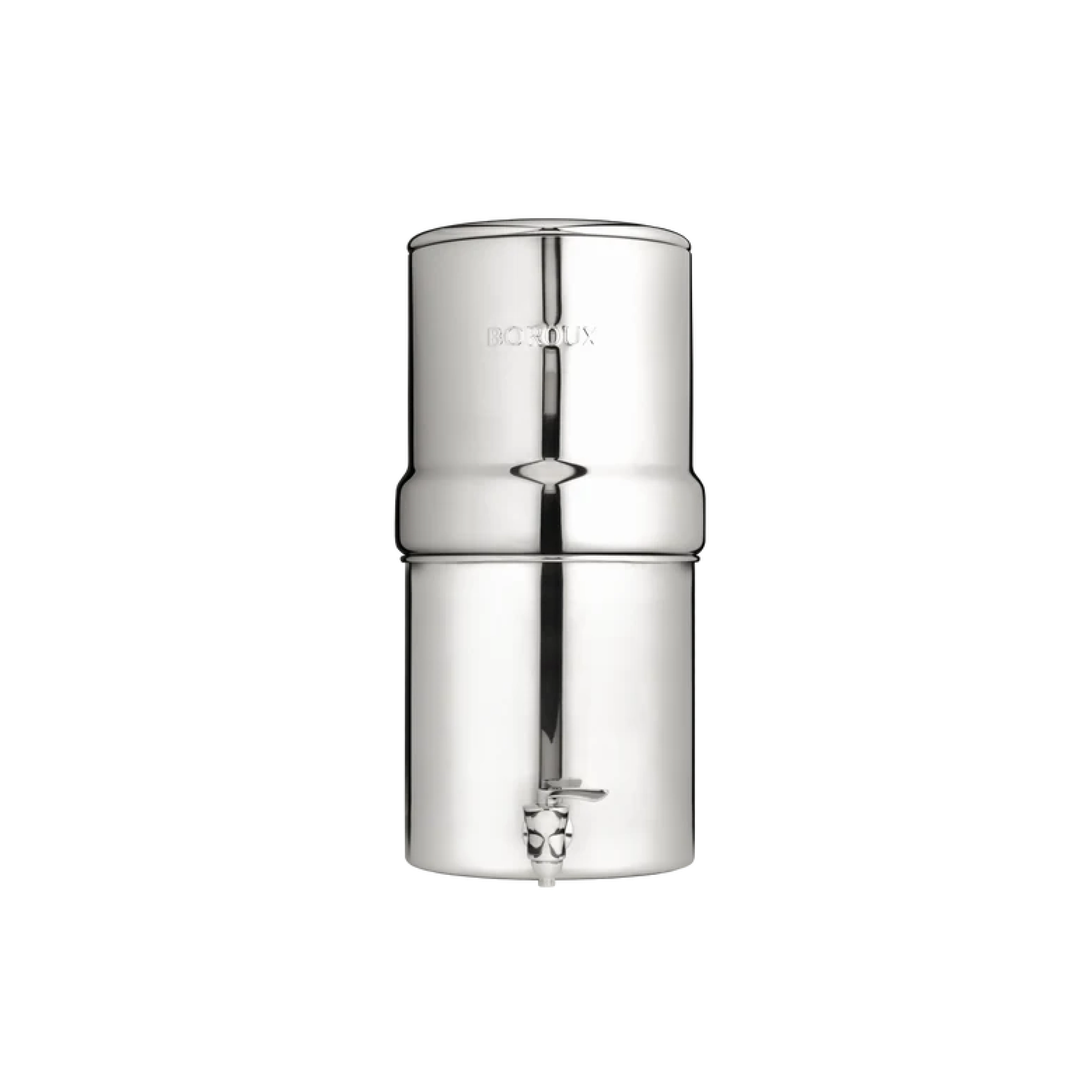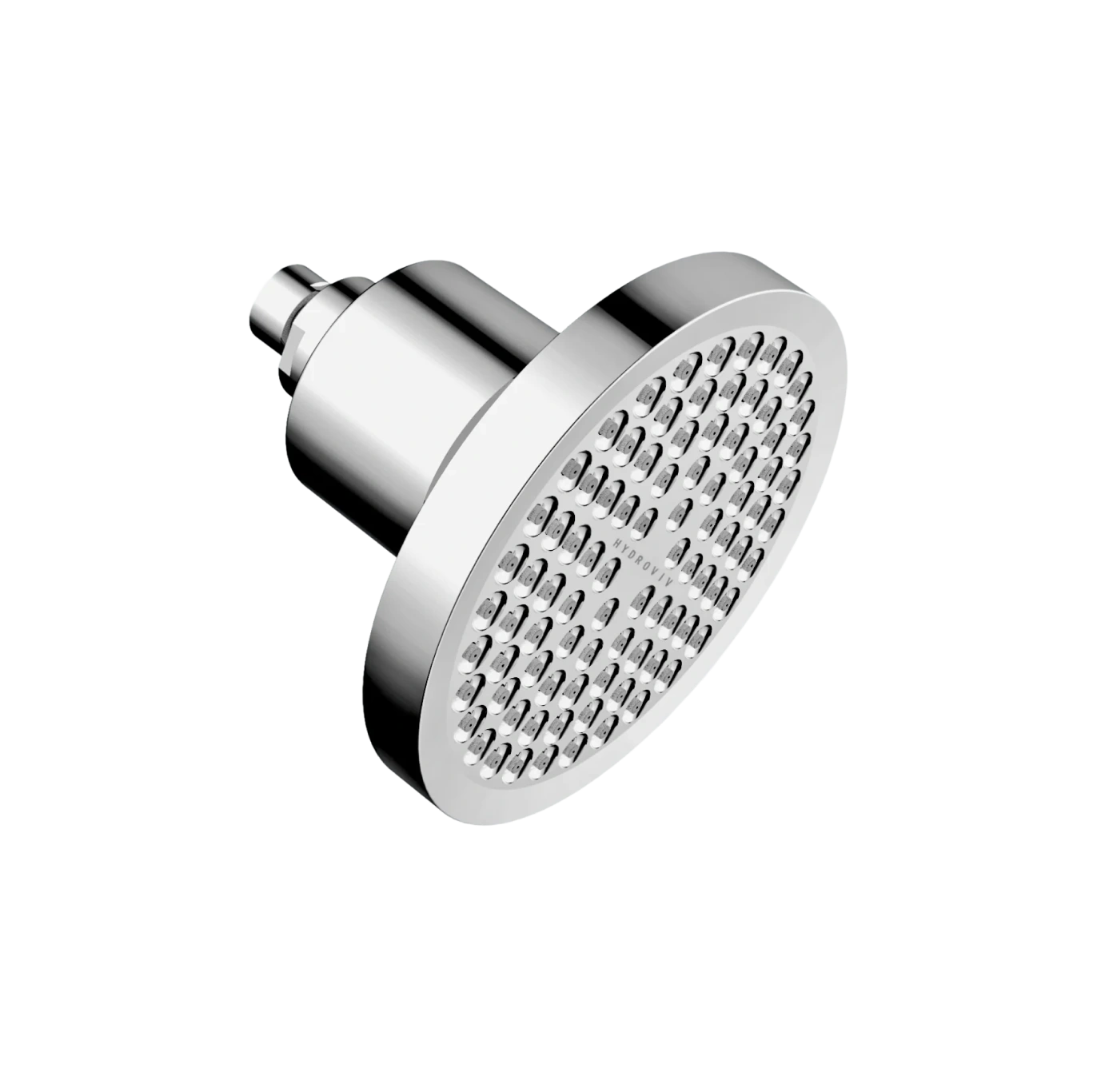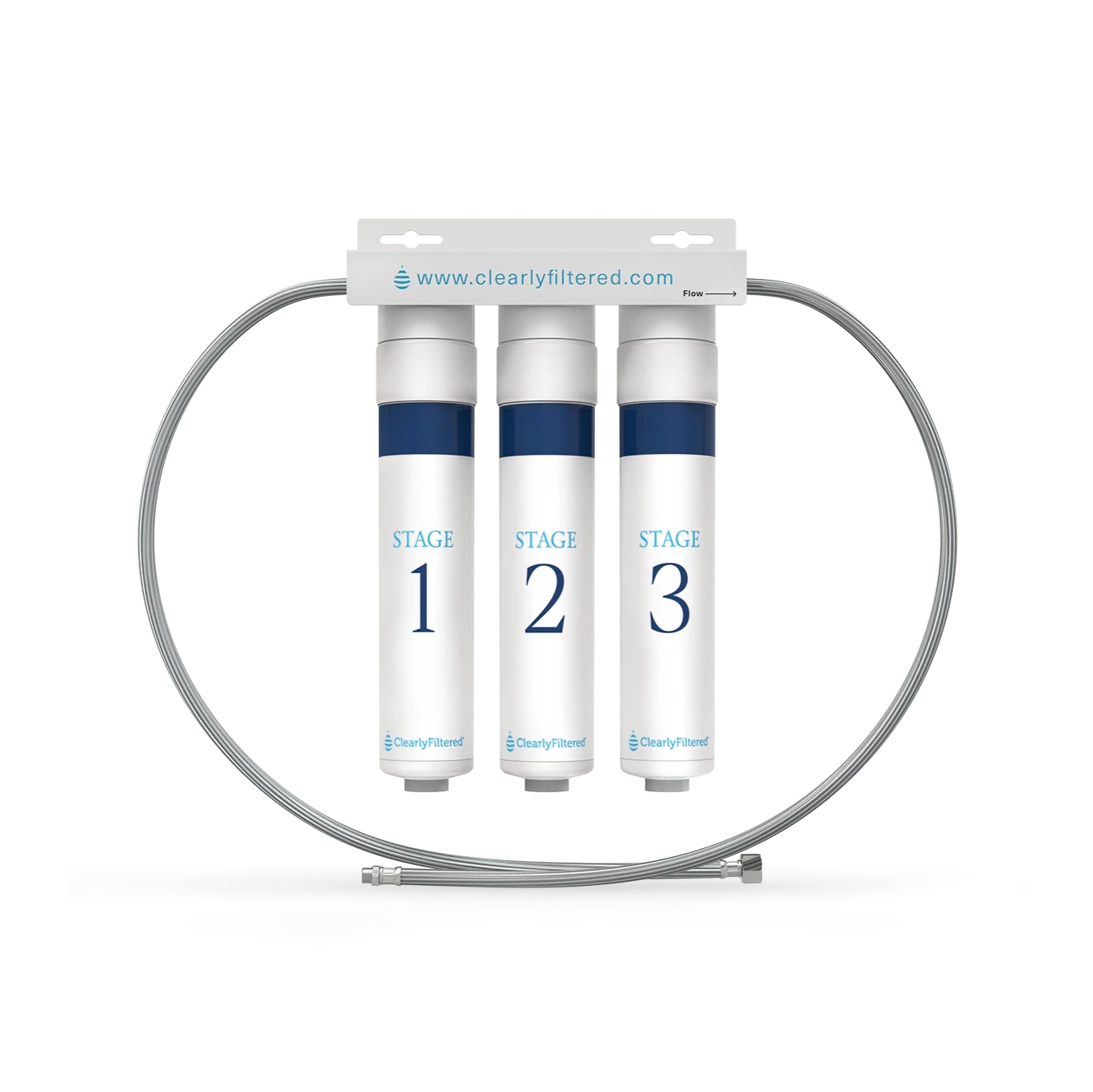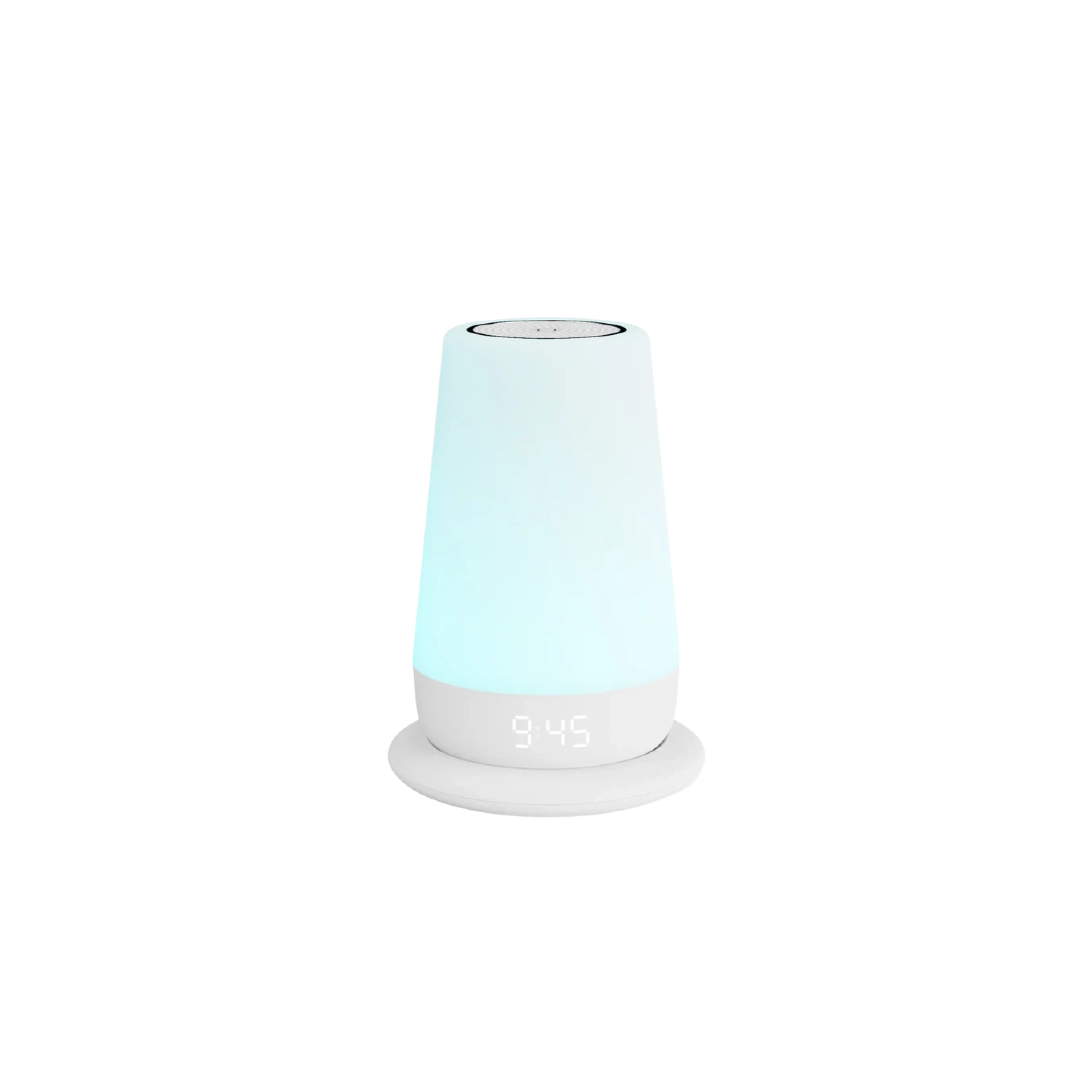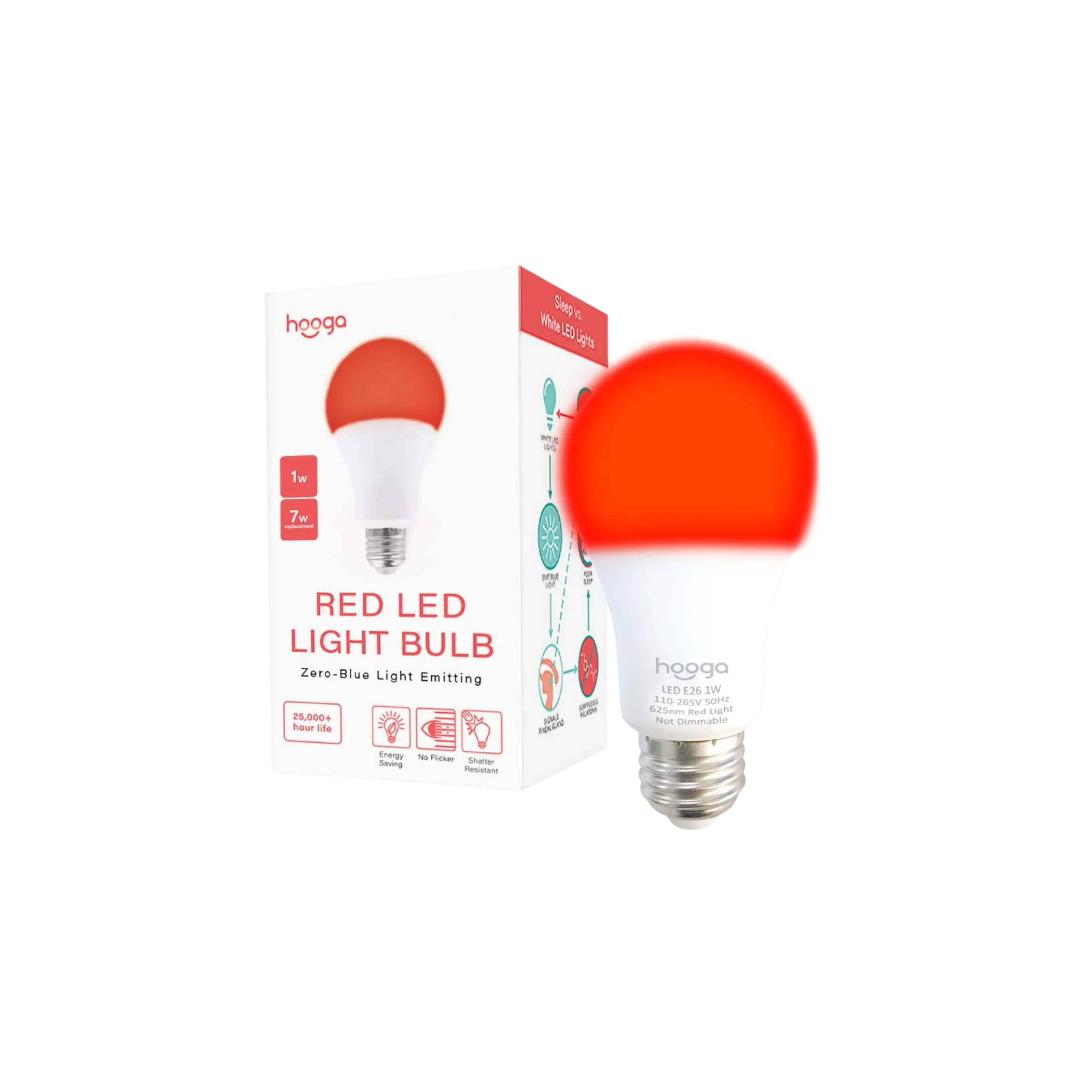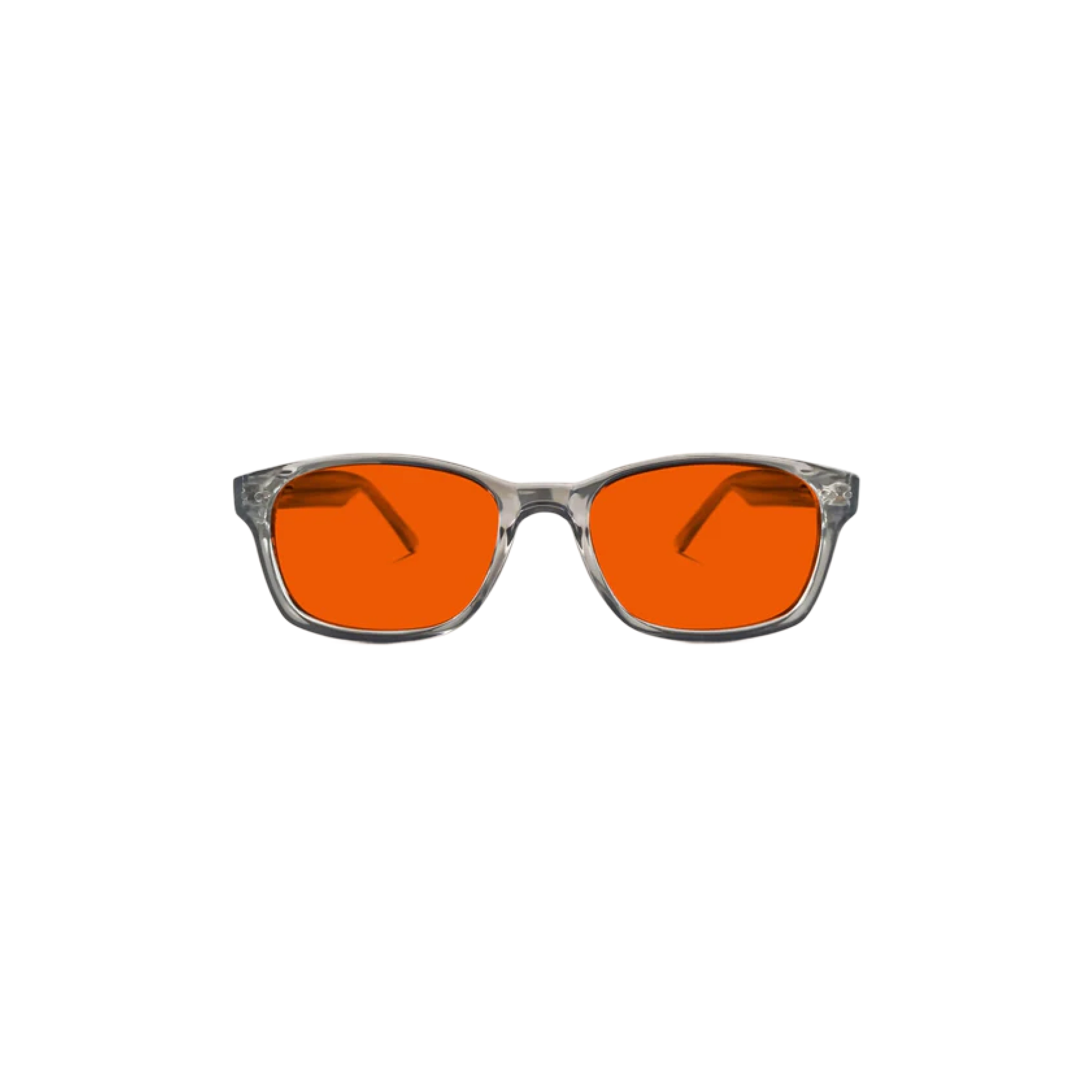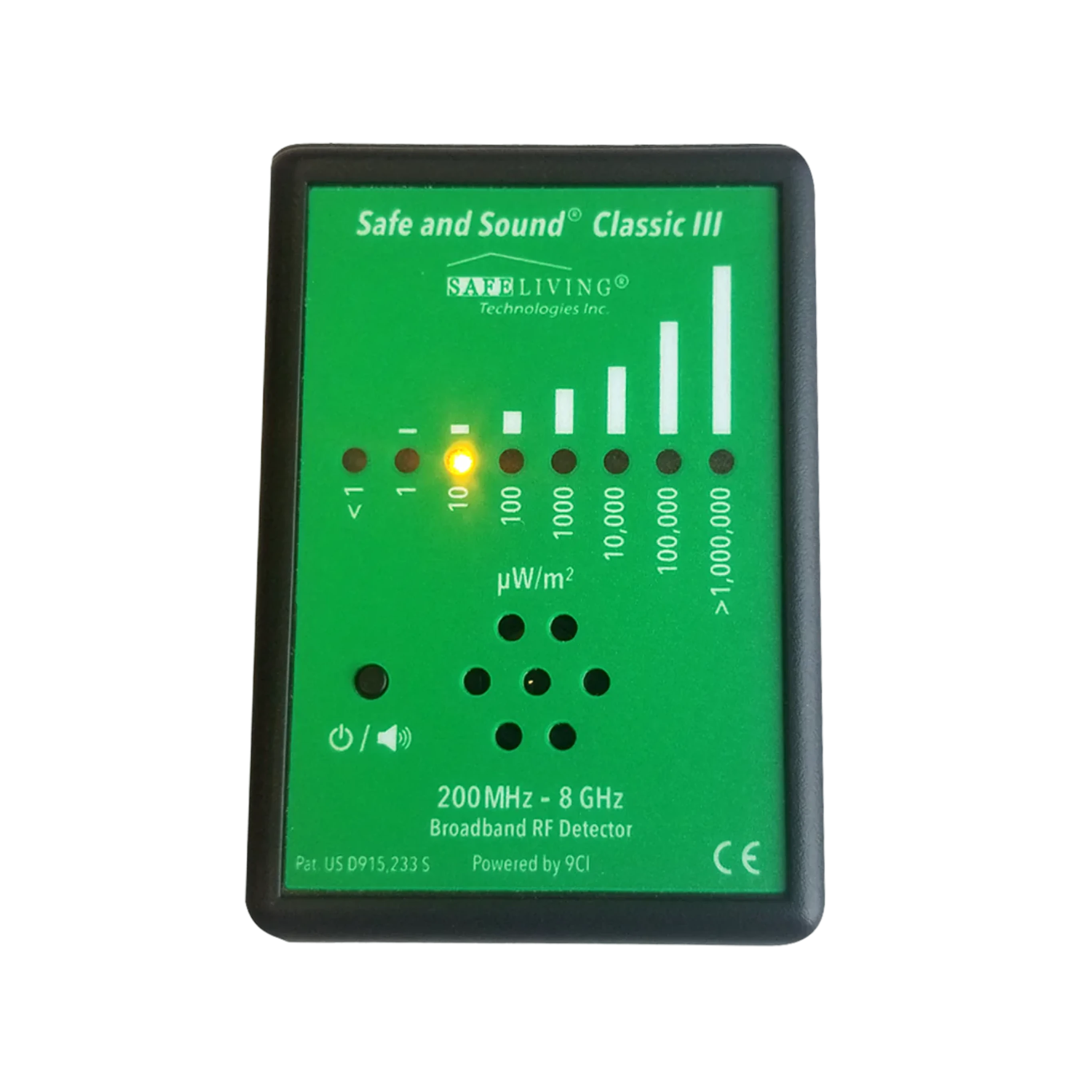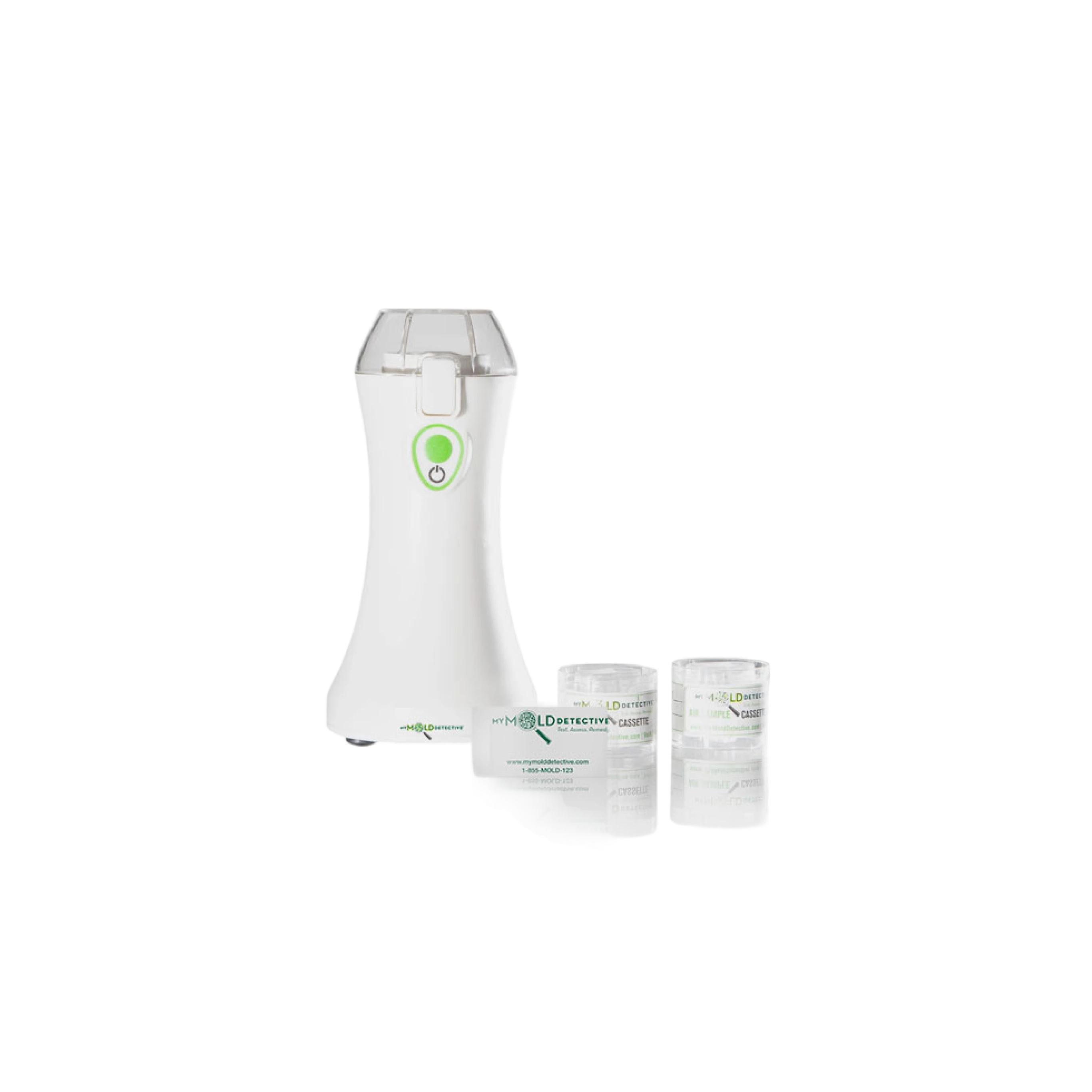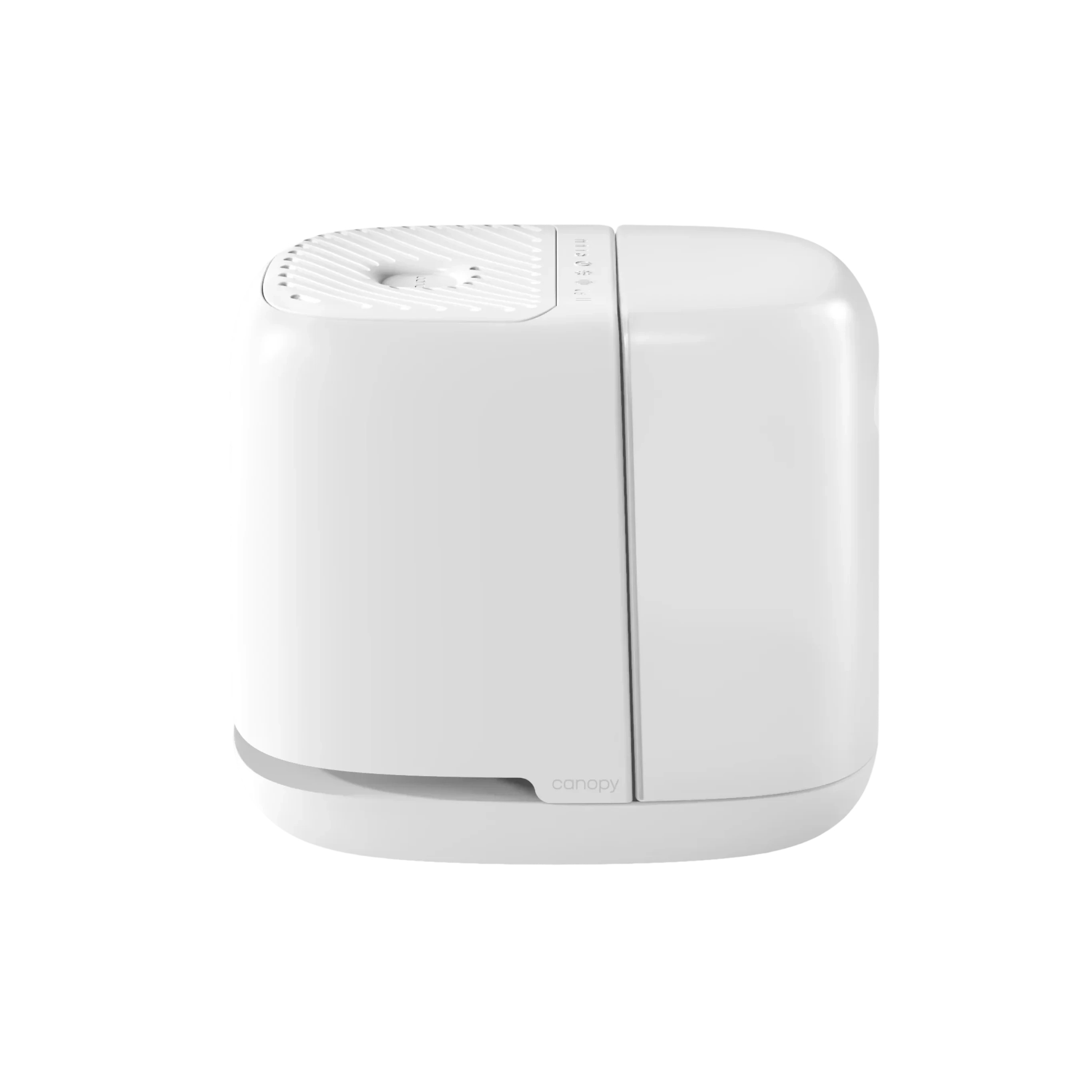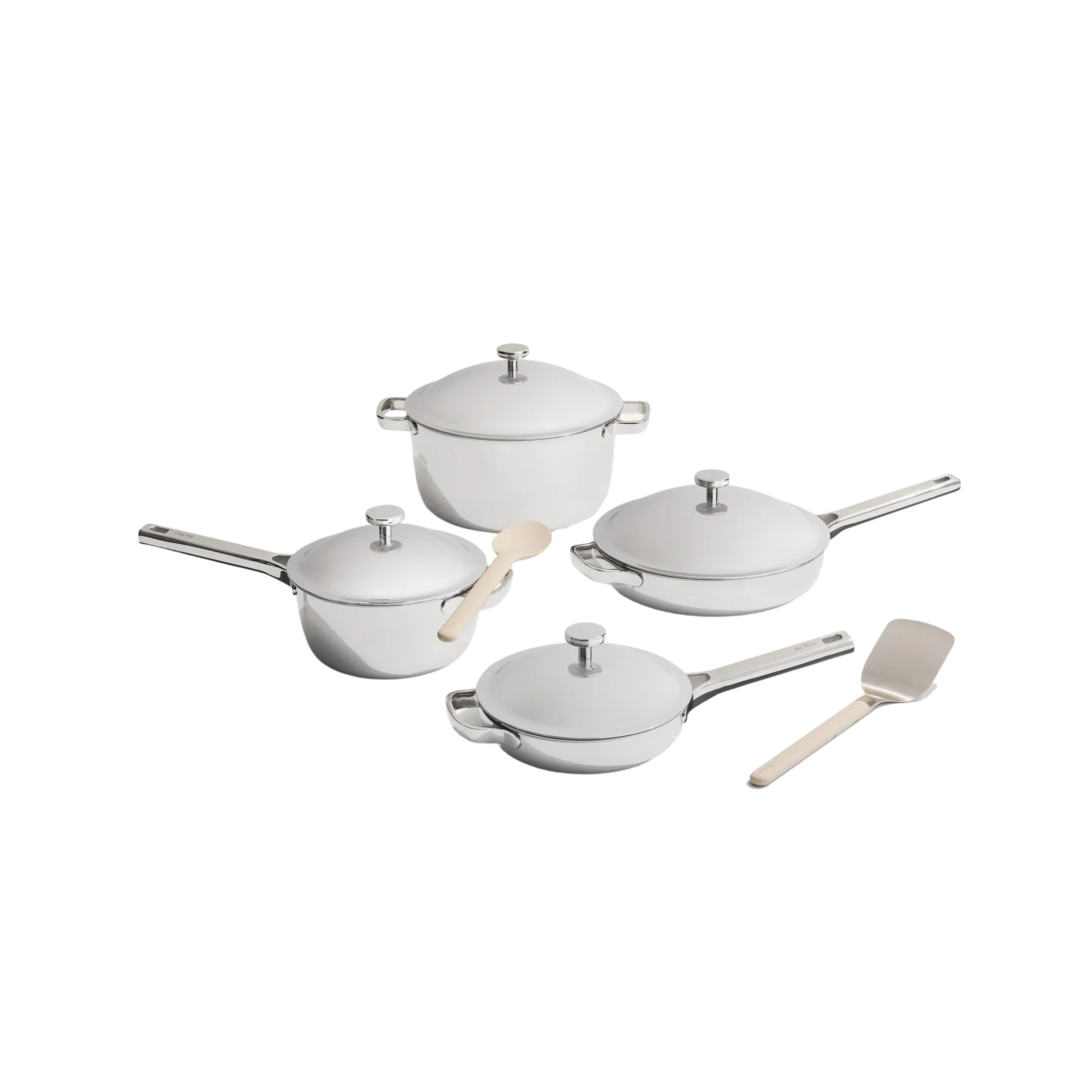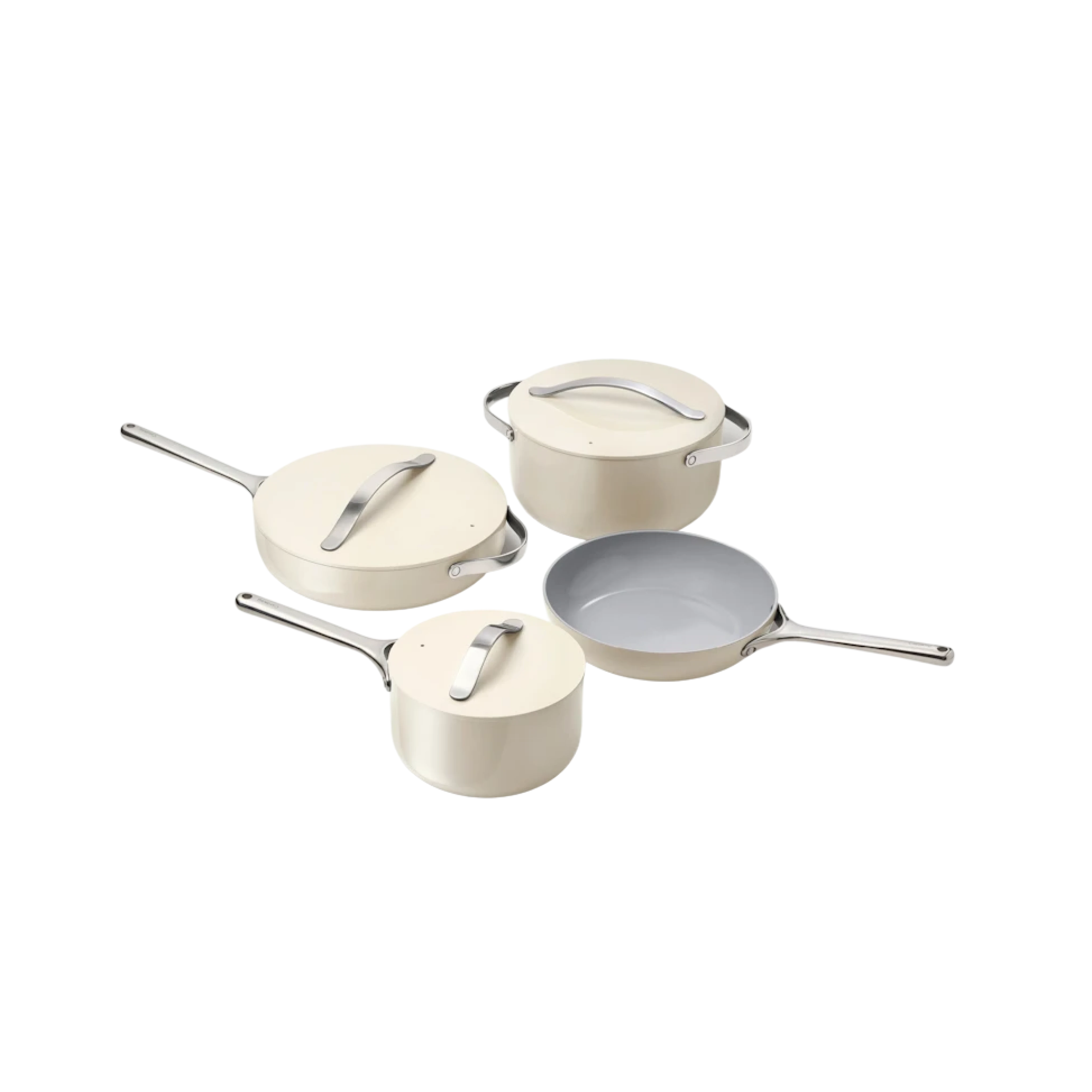Based on your answers we found that the lighting in your home poses a risk to your health. For lighting, the main concern comes from the usage of blue or fluorescent light typically emitted from LED blubs.
Light high on the color temperature scale emits significant amounts of artificial blue light, which signals the brain that it's daytime and halts the production of our sleep hormone melatonin. It does this by stimulating melanopsin, a photosensitive pigment in the retina that suppresses melatonin production (1)
One study found that high color temperature light of 6700K negatively impacts the ability to reach stage four slow-wave, deep sleep (2). This is the vital reparative stage of sleep.Research has found that high color temperature light stimulates our brain's arousal centre via non-visual photoreceptors in the eye. It impacts our nervous system and stress response, affecting stress hormones, muscle tension, heart rate variability, blood pressure, body temperature regulation and sleep (3,4).
Light high on the color temperature scale emits significant amounts of artificial blue light, which signals the brain that it's daytime and halts the production of our sleep hormone melatonin. It does this by stimulating melanopsin, a photosensitive pigment in the retina that suppresses melatonin production (1)
One study found that high color temperature light of 6700K negatively impacts the ability to reach stage four slow-wave, deep sleep (2). This is the vital reparative stage of sleep.Research has found that high color temperature light stimulates our brain's arousal centre via non-visual photoreceptors in the eye. It impacts our nervous system and stress response, affecting stress hormones, muscle tension, heart rate variability, blood pressure, body temperature regulation and sleep (3,4).
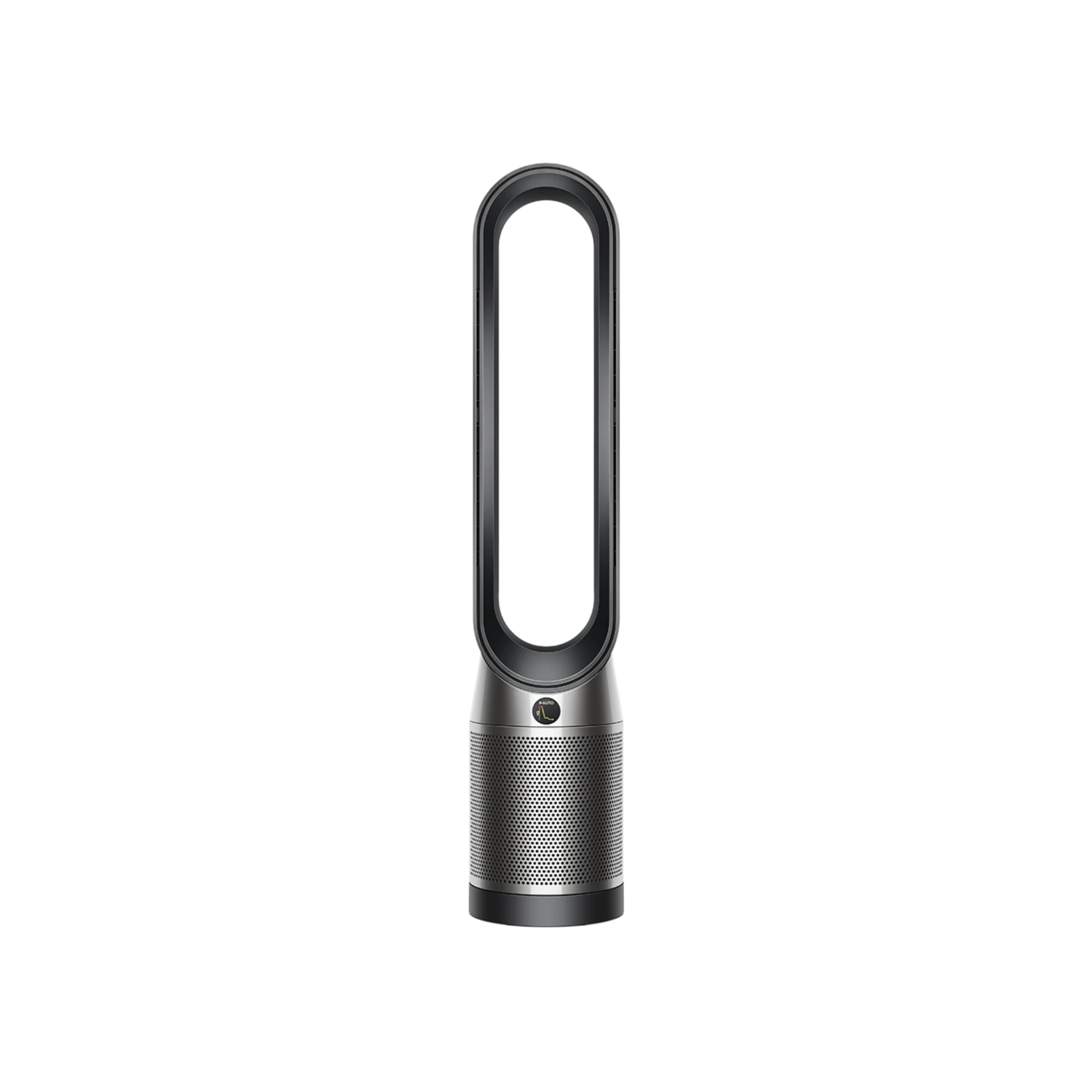
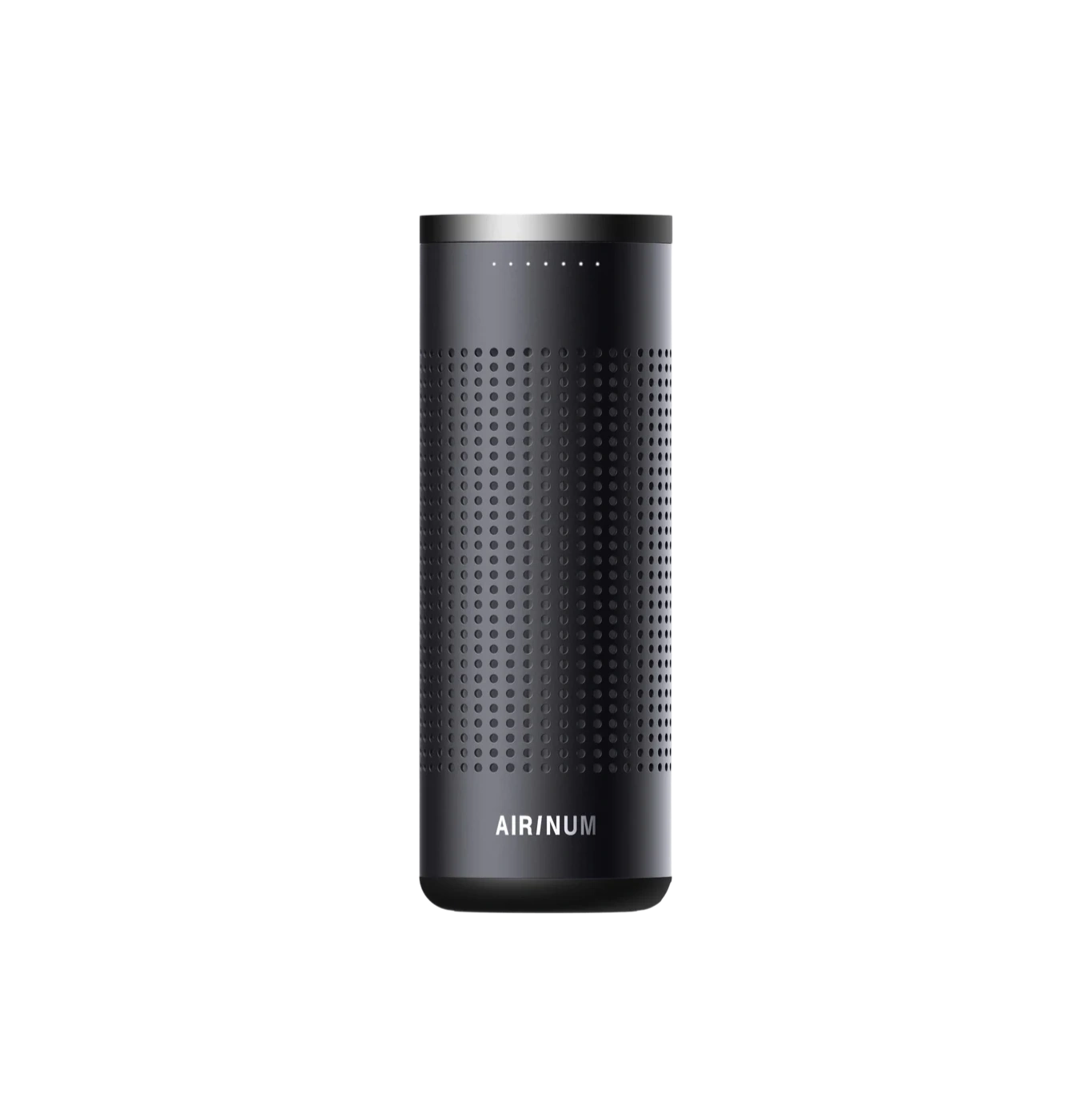
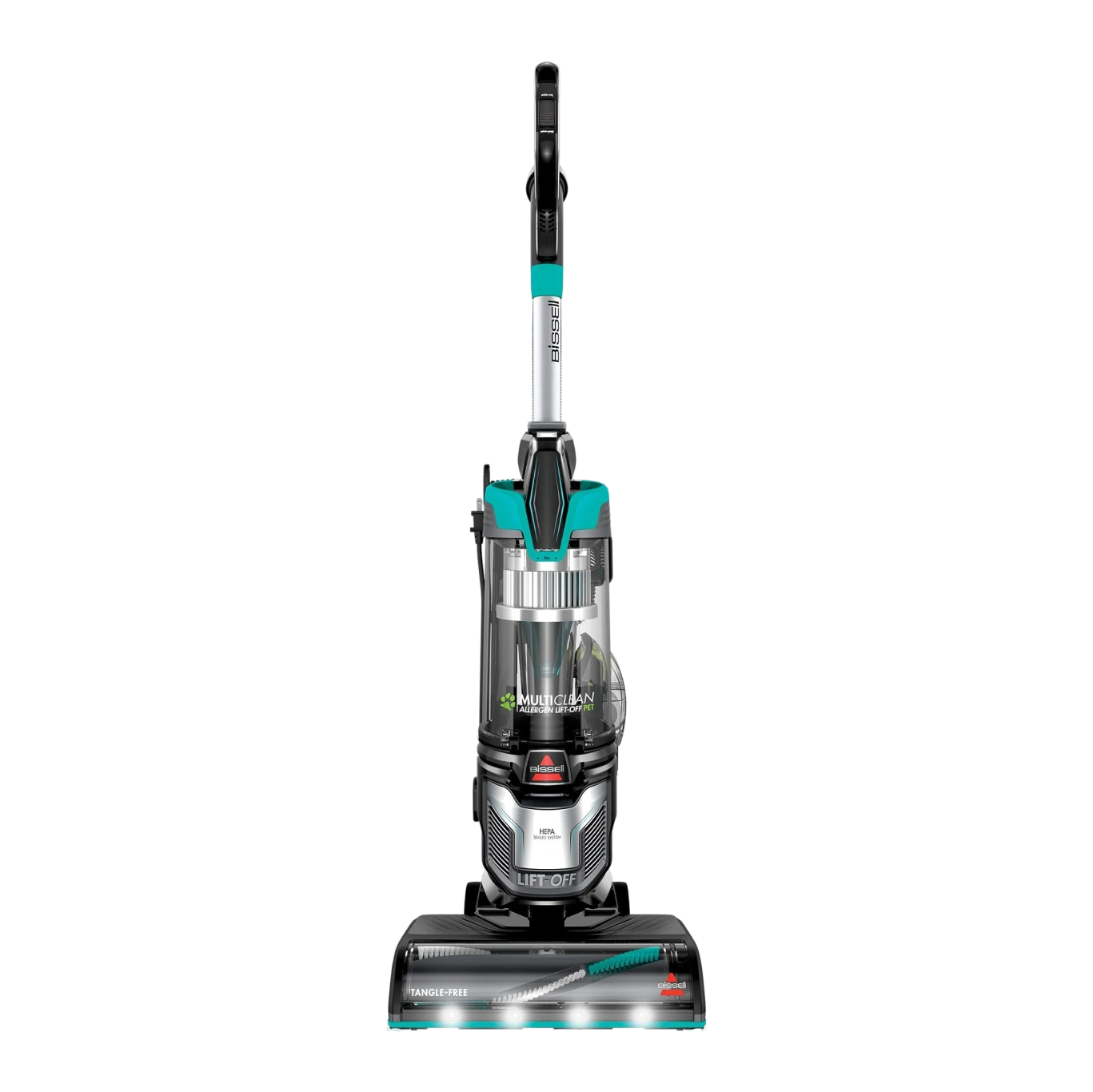
.png)

